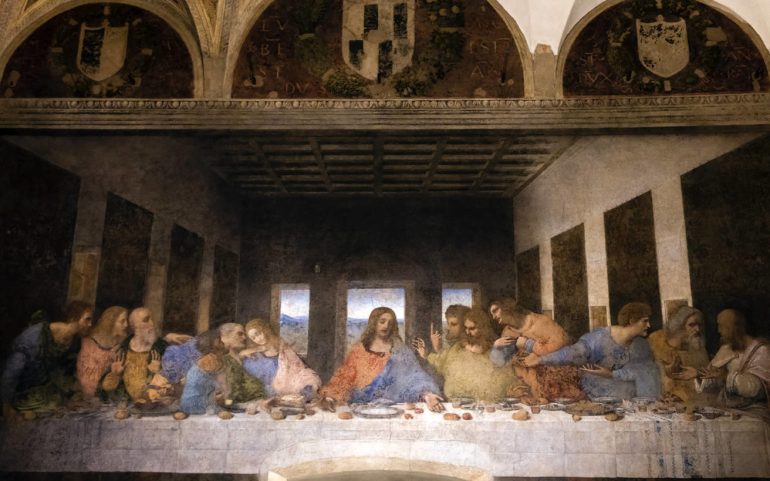The Last Supper of the Renaissance teacher is not only one of the greatest moments of Western painting, but also a work that sealed the religious art.
In this emblematic, long-suffering and exquisite Milanese fresco, those who seek truths and "truths", realities and mysteries, historical elements and occult puzzles, as if it is the privileged space where art history and conspiracy theories meet.
The huge 15th-century fresco in the monastery dining room of Santa Maria delle Grazie depicts Jesus' last meal from Nazareth with his disciples, moments before his arrest leading to divine passions and crucifixion.
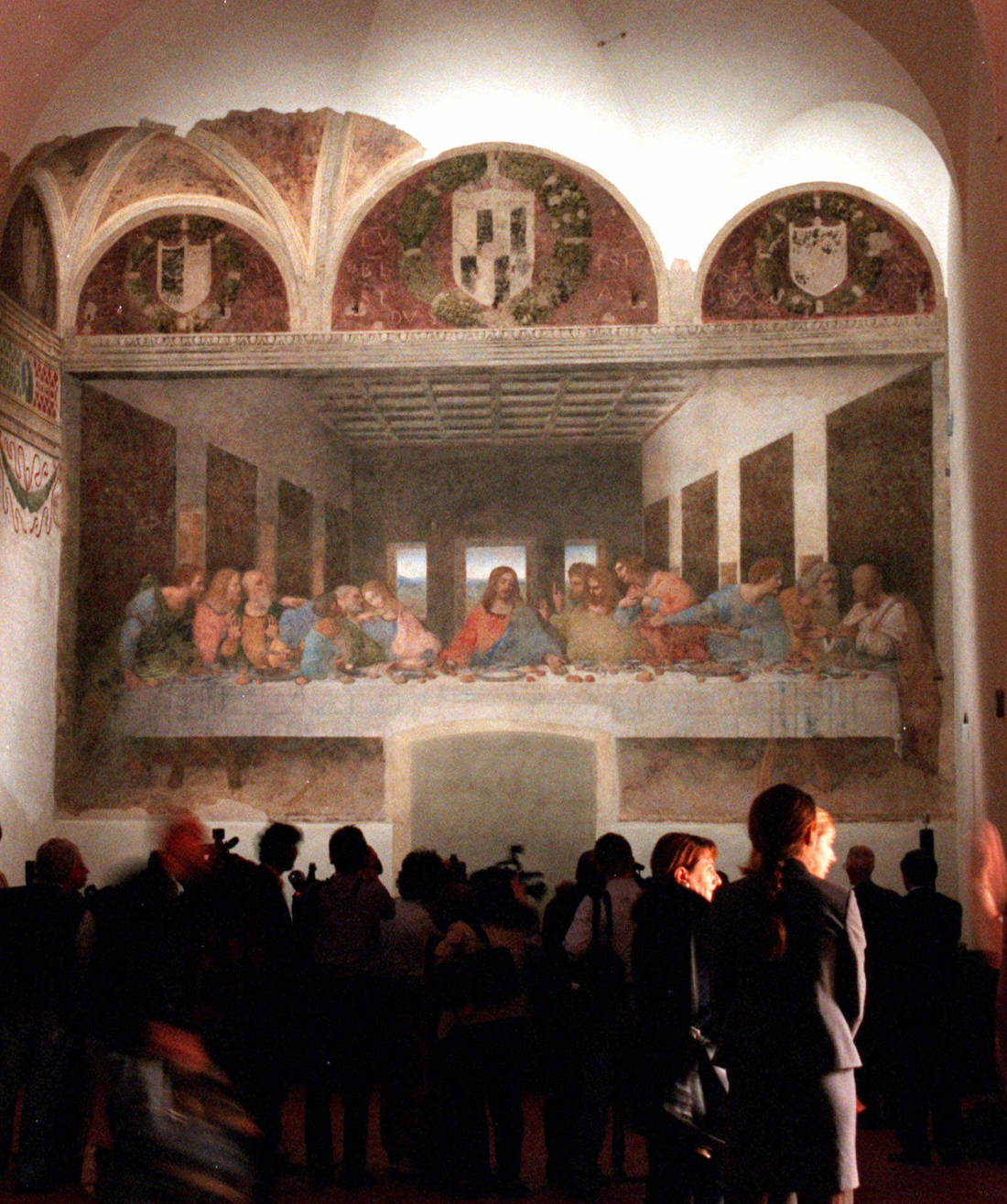
Leonardo wanted to enclose in him only one moment, the one that the Lord reveals that one of his companions will betray him, sparking reactions of surprise, rage and shock among the apostles.
In her reasoning renaissance genius of science and art, which unfold in his painting take place before the birth of Holy Communion (Communion), as Jesus makes the catch of bread and wine, foreshadowing the divinely mystery that bread and wine are transformed into the body and blood of Christ (according to Matthew ).
Today we can safely say that there is not a shred of the Last Supper that has not been researched and analyzed by art historians and occult scholars, with the conclusions of each covering a wide range of interpretations, readings and translations.
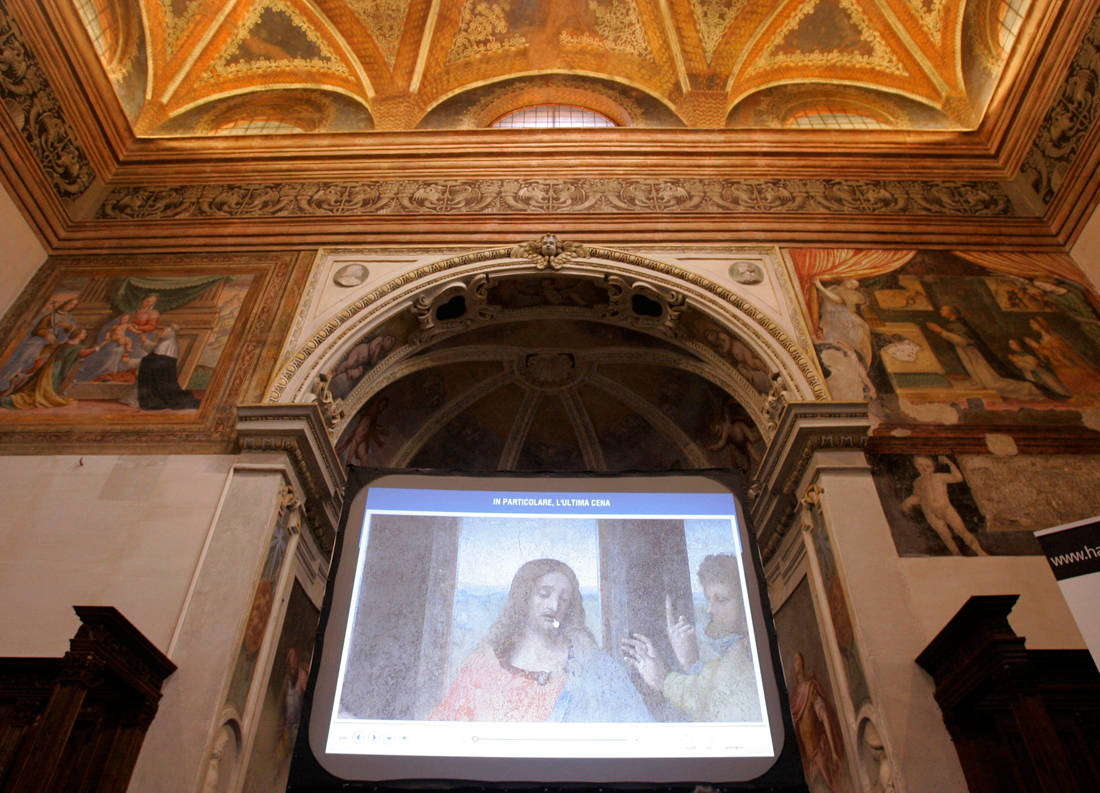
The history of art tells us that Da Vinci came up with his own technique, using tempera on stone, an experiment that failed and already from the beginning of the 16th century the work showed strong signs of wear. Within 50 years, the mural was almost destroyed and the first attempts to revive it made things even worse.
Add to that the crunch from the allied bombing of Milan by World War II and by 1980 the fresco was in poor condition. Then began a painstaking effort to restore the project that would last 19 whole years, but in the process lost more than the conservators would have liked.

Especially since in 1652 a door was added to the wall that houses the monumental mural (!), Something that disappeared the lower central part of the work, like the feet of Christ.
As art history plunges delicately into the renaissance masterpiece to deify Da Vinci's technique, others tell us hermetic and occult stories about the show.
Musicians discover hidden scores, numerators find prophetic messages and conspiracy theorists see blasphemous images in the masterpiece embraced from the beginning by the Catholic Church as an exquisite example of religious art;

Historical revisionism has repeatedly dealt with the hidden messages inherent in the Last Supper and even in a conspicuous position. Most may have been made known in 2003 by Dan Brown's best-selling 80 million copies of The Da Vinci Code, but conspiracy theories here were not new.
And Brown paid close attention to his material, a novel he tells us, a novel in which the characters suggest that the disciple to the right of Jesus (or to his left from the viewer's point of view) is not John the Evangelist, but Mary the Magdalene. Which was disguised as John, with the two images being mirror images.
This para-religious reading of the Last Supper was not a new story, despite the repercussions of Dan Brown's book and Ron Howard's film of the same name three years later that generalized sacred conspiracy theories. Similar things were claimed by Michael Baigent, Henry Lincoln and Richard Leigh in the iconic "Holy Blood and the Holy Grail" here since 1982, as well as Lynn Picknett and Clive Prince in the now classic "The Templar Revelation" in 1997. For This and all of them sued Dan Brown for plagiarism, without being justified.
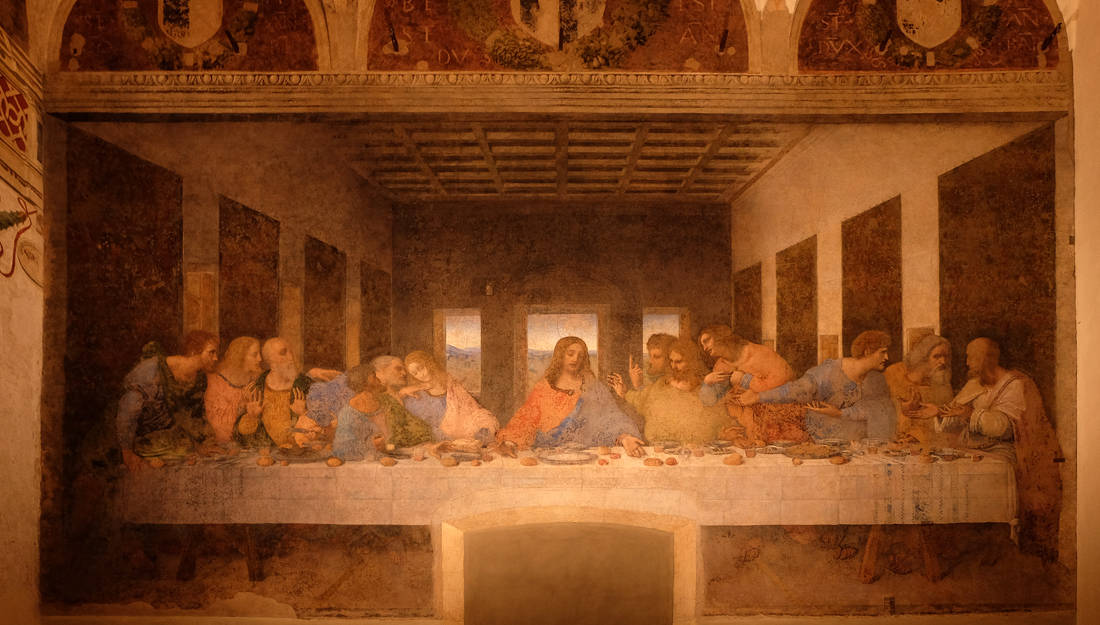
Conspiracy theories tell a different story between Jesus and Mary Magdalene, a story that the Roman Catholic Church did everything to eradicate from the ghettos. By carefully choosing, say, which Gospels to include in the official Canon of Christianity and condemning everything else as "blasphemous" and "heretical."
Many have read Da Vinci's Last Supper unconventionally and extremely unorthodoxly, discerning another approach to the show. For example, the fact that their bodies form the letter "M", which in our time came to symbolize the "Matrimonio" (marriage in Italian), at the beginning of the occult tradition, however, referred to "Magdalene".
And of course Magdalene (John) and Jesus are dressed in the same colors, but inverted, as if they are each other's negative, their complement. The theory here is quite old and goes back to the centuries, confusing Knights Templar, Gnosticism, Pure (the Gnostic-Christian sect of Southern France) and Holy Grail, as they all had one thing in common: Mary Magdalene as mistress, wife and mother of the child of Jesus.

Legends have it that Maria fled to southern France with her unborn child. Jesus. Conspiracy theorists refer here to academic biblical and historical studies by great researchers, but obscure the landscape with unproven beliefs.
Returning to the fresco, the fact that Magdalene became John belongs to the Catholic Church and not to Da Vinci, this school of para-religious literature claims. That is why the great master of art did not put halos on his apostles, the conspiracy theorists tell us, making them as "earthly" as he took them. Maybe even immersed in sin?
The battle between art history and conspiracy theories has been raging for decades. "But she is clearly a woman," the occultists claimed of the figure of the evangelist John, in order to receive the answer of the historians that she really has feminine features due to Leonardo's characteristic style of blurring the dividing lines between the sexes. He had done the same in his other paintings, with the most famous being "Saint John the Baptist" (1513-1516).
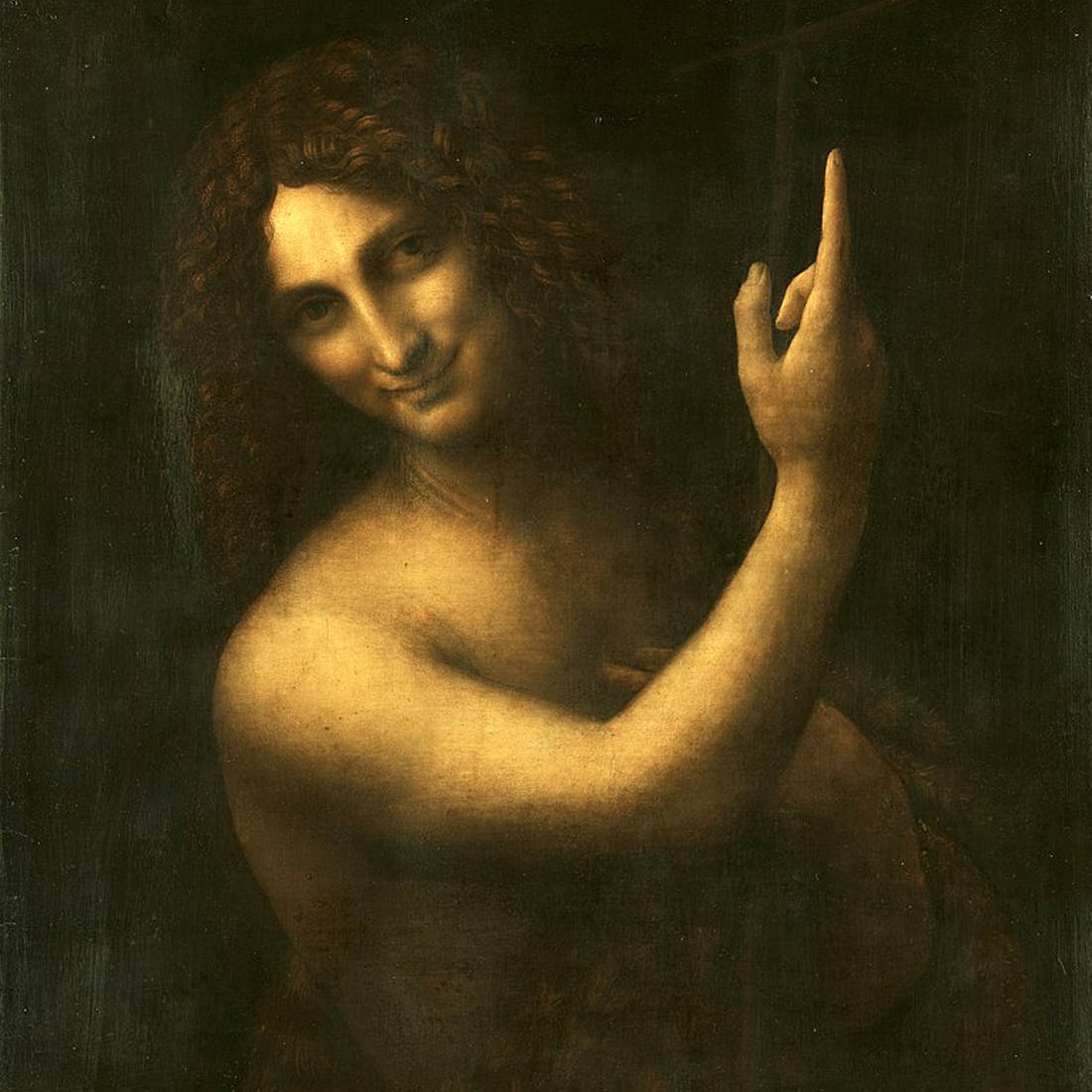
Christopher Hodapp and Alice Von Kannon once commented characteristically: "If John looks feminine and needs a haircut, so does James, the second figure from the left." Renaissance art expert Ross King responded convincingly, saying that Mary Magdalene's appearance at the Last Supper would not be blasphemous in Da Vinci's time and that the painter would not have to hide it as a student.
This is because Catholicism already recognized her as a saint, as the "Apostle of the Apostles", at the same time as she was the patron saint of the Dominican Order, on whose behalf the Last Supper was depicted.
But the inclusion of Magdalene in the Last Supper was not even a new story, as many Renaissance teachers had included it in their own representations. Among them is the three-year-old Fra Angelico, who was even a Dominican monk…
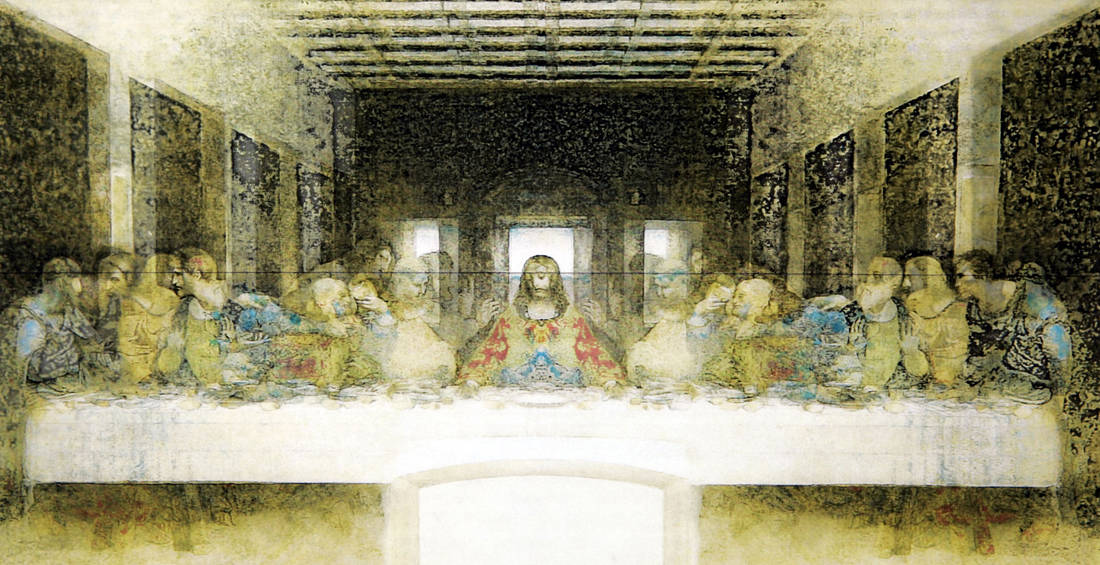
It was in July 2007 that a new mystery erupted over the Dan Brown-level Last Supper. The show now contained the hidden image of a woman holding a child, a proclamation that sent shockwaves through the conspiracy world.
An amateur Italian researcher was now the spearhead of the new theory. Slavisa Pesci made a mirror copy of the work and then superimposed one on top of the other, making both partially transparent.
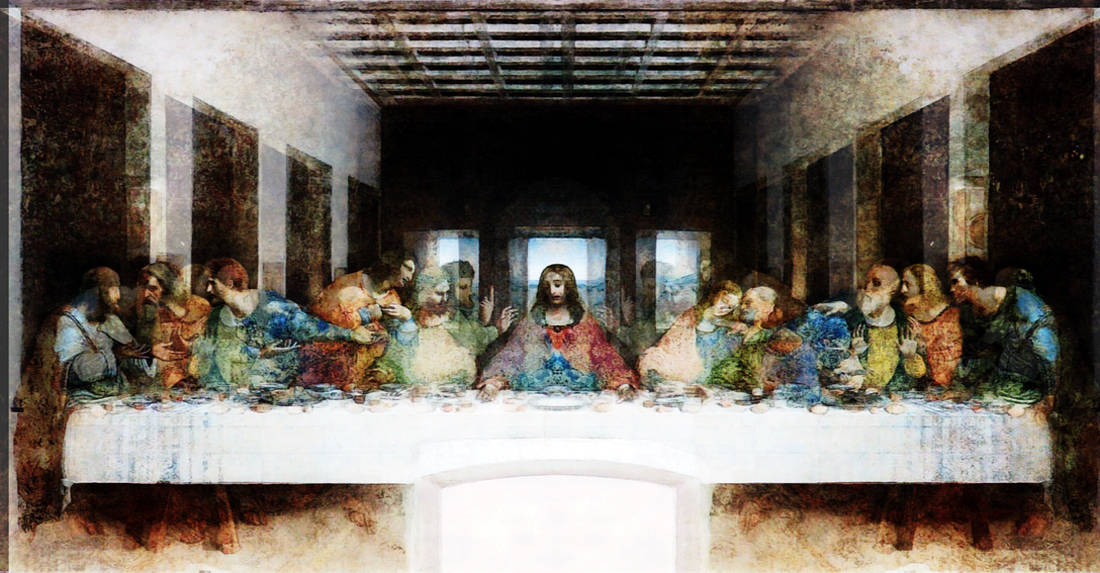
In the resulting image a figure appears to be holding a small child in place of the long-haired Philip in orange clothes (fourth from right). According to others, however, the double image remains blurred and ambiguous in order to make a convincing decision.
Pesci, who caused a stir with his finding, chose not to speculate about the identity of the child, but everyone's mind went to the story with Jesus and Magdalene and the fruit of their love.
Pesci's experiment even transformed two of the disciples into medieval knights, bringing to mind all the infamous Knights who supposedly protected the descendants of Jesus' son, the Merovingians, as well as Holy Grail Mary Magdalene has always been.
"From some such details one can conclude that we are not talking about luck, but also accurate calculations," said the man who shook the edifice of art history.
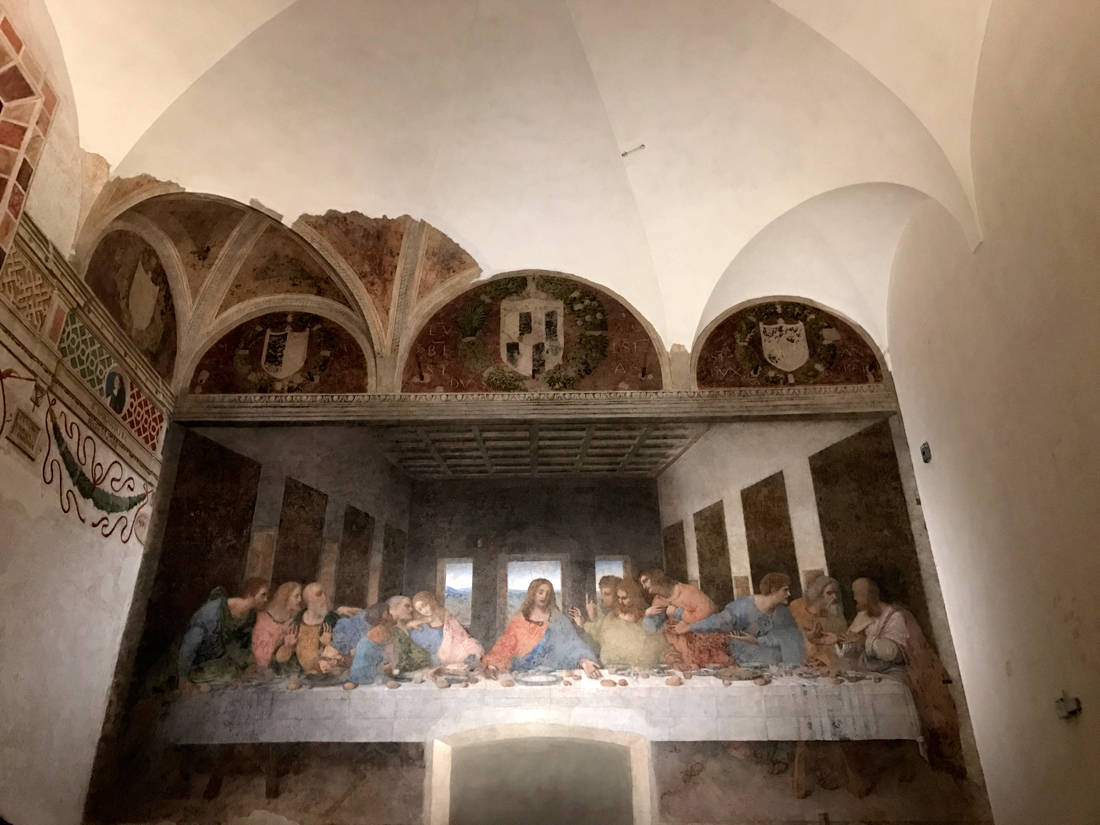
Even the composition of the work is not at all accidental, suggest those who like such readings, only that Da Vinci did not have exactly the aesthetic perfection of the frame in mind. So as we see, he has put the disciples in groups of three, which gives us the pattern 33133 (3 disciples, 3 disciples, Jesus, 3 disciples, 3 disciples).
And this did not happen by chance, it is indicated with meaning. Da Vinci was accused of sodomy by a young man (Jacopo Saltarelli) in Florence in 1476, while still in Verrocchio's laboratory. Something that at that time would surely endanger the salvation of his soul. As we know, Da Vinci asked for the help of the Doctors and they managed with their connections to withdraw the accusation.
Putting the disciples in order 33133, some argue that Leonardo refers with his personal adventure to the Lamentations of Jeremiah of the Old Testament, where in chapter 3 and verses 31-33 (that is, 3: 31-33) we read: “31. Because the Lord does not reject forever 32. but, even if he grieves, he will show mercy, according to the multitude of his mercy. 33 For he does not grieve from the heart, nor does he grieve over the sons of men.
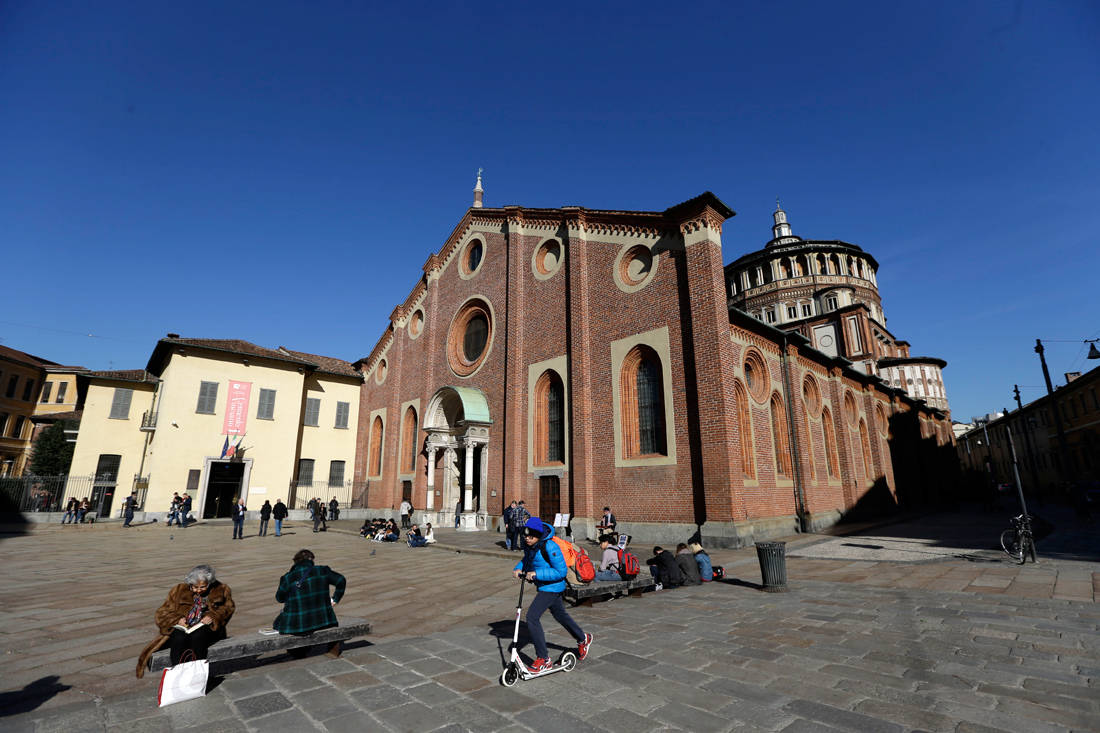
Even more recently, in 2010, another mystery of the Last Supper emerged, "a mathematical and astrological puzzle" that a Vatican researcher claimed to have deciphered. Da Vinci prophesies the fate of the world on November 1, 4006 through his monumental mural!
Sabrina Sforza Galitzia noticed best of all this crescent-shaped window behind Jesus, which tells us that Da Vinci saw a "global flood" that would begin on March 21, 4006 and end with the extinction of humanity on the 1st November of the same year.
"There is indeed a Da Vinci Code, but it is not the one that made Dan Brown so popular," said the academic researcher who searched for Leonardo's manuscripts on behalf of the University of California before taking over his Archives. Vatican.

Her study ("The Last Supper of Leonardo in the Vatican") was even published with the papacy of the papal state and had to do with a tapestry of the Last Supper made on behalf of King Louis XIII of France, an exact copy of his mural Milan.
There he discovered the "secret code", as he stated in the newspaper "La Repubblica", which includes the zodiac and the 24 letters of the Latin alphabet, which represent here the 24 hours of the day. At the same time, Da Vinci had claimed in his manuscripts that this cataclysm would mark a "new beginning for humanity."
Leonardo believed in the Day of Judgment, as described in Revelation, being a scientist but also a man of faith who lived in a "difficult time." That's why he was forced to hide his messages, "in order not to be attacked," Galitzia said.
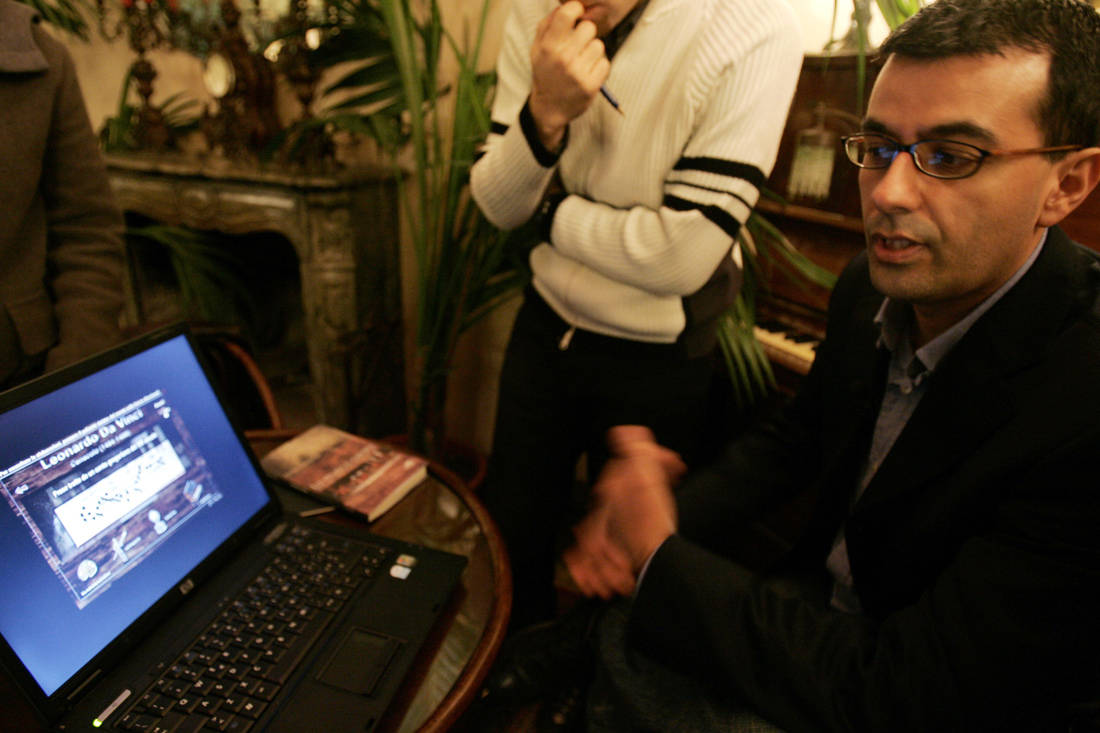
It was November 2007 when a computer scientist claimed to have broken the real Da Vinci code by finding musical notes encoded in the painting masterpiece.
Leonardo left us one music composition of 40 seconds in his work, as Giovanni Maria Pala characteristically said, as each loaf of bread in the show represents a note. When these musical points are combined, then "something like a requiem" emerges.
Less conspiratorial and heretical, this theory has been described as "plausible" by Alessandro Vezzosi, director of the Da Vinci Museum in Tuscany. Pala made a stave on the work and noticed that both the loaves and the hands of Jesus and his disciples could make notes.

Which make musical sense when played, from right to left, in fact, just as Da Vinci wrote. As Pala claims in his book La Musica Celata, the 40-second track is a "hymn to God," "like a soundtrack that highlights the passions of Jesus."
More or less blasphemous, the other readings of the Last Supper are always interesting, they are not what some people like to see εκεί
